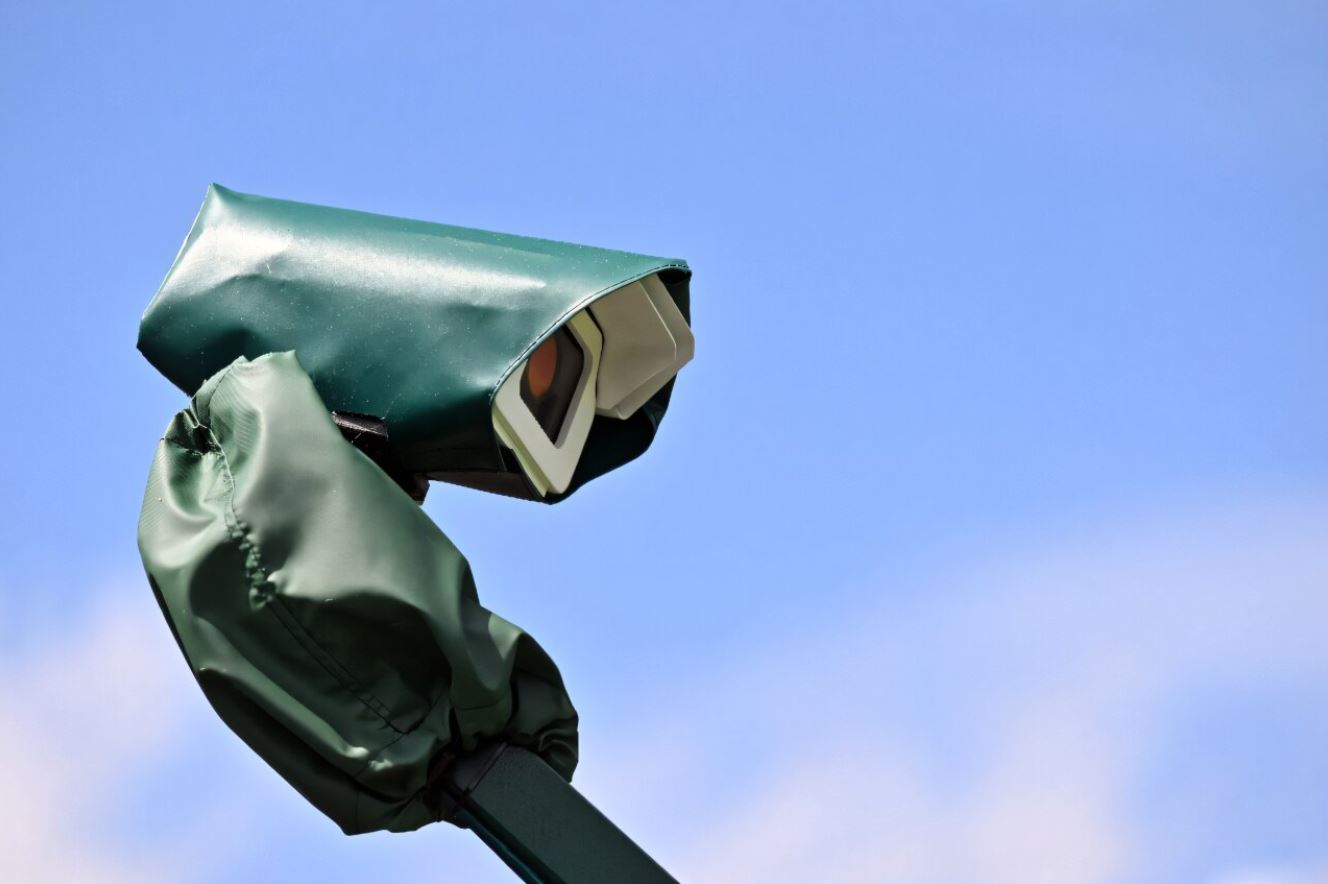 Wimbledon has bid farewell to its time-honoured line judges, replacing them with an electronic line-calling (ELC) system that boasts over 450 cameras. While the move promises enhanced accuracy, it’s stirred up mixed feelings among fans and players alike.
Wimbledon has bid farewell to its time-honoured line judges, replacing them with an electronic line-calling (ELC) system that boasts over 450 cameras. While the move promises enhanced accuracy, it’s stirred up mixed feelings among fans and players alike.
For many, including 52-year-old company director Fiona Jones, the change marks the end of a cherished tradition. “It was part of the joy of going to Wimbledon—the tradition,” she noted, adding that the absence of uniformed line judges leaves the courts feeling noticeably empty.
Since 2007, technology and human line judges have worked together, with umpires occasionally signalling a video replay that once captivated the crowd. But for 26-year-old tech worker Marie Sal, that energy and on-court drama now feels like something lost in the transition.
Concerns have also been raised over practical issues. China’s Yuan Yue recalled an instance during her match when she asked the referee to increase the volume of the call, only to be told it couldn’t be done—highlighting some of the early challenges with the new system.
Nevertheless, Wimbledon remains optimistic. Operations director Michelle Dite acknowledged some initial audio hiccups but emphasised that continual review and monitoring will help iron out these issues.
American player Frances Tiafoe misses the old theatrical aspect of the game. “If I hit a good serve now and it’s called ‘out,’ you might still think it’s in—the excitement just isn’t there anymore,” he explained. To mitigate any tech slip-ups, roughly 80 former officials now serve as match assistants ready to step in if needed.
This transition also echoes broader concerns about AI’s impact on employment. While some welcome the efficiency of automated calls, students like Gabriel Paul and Harry Robson worry about how these changes might affect future job opportunities. The debate continues as Wimbledon adapts to a new era in sport.








